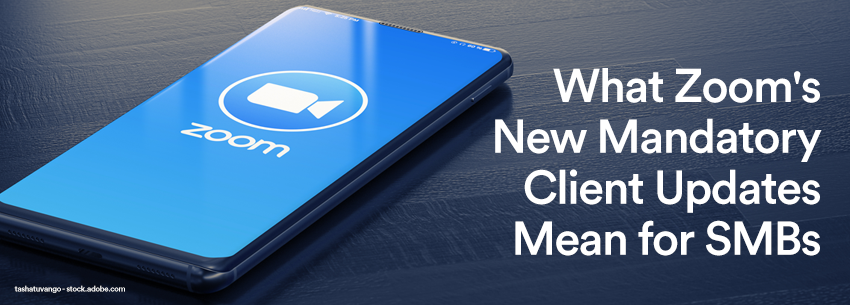Wireless Charging Is Catching On
POSTED ON April 25, 2019
Mobile devices have become a staple in the modern workplace. You’d be hard-pressed to find a business that doesn’t utilize smartphones or tablets in some way. However, mobile devices will never be truly mobile while they need to be tethered to wires plugged into outlets or USB cables due to batteries losing their charges. An innovation called wireless charging has attempted to shake this concept up, but has it proven successful? Just what is wireless charging, anyway?
We say that wireless charging is an innovation, but in reality, it’s been around for quite some time. There just wasn’t much practical use for it up until recently. Wireless charging has existed since the late 19th century. Nikola Tesla used magnetic resonance coupling to transmit electricity across air currents via a magnetic field. While the concept was interesting, it simply wasn’t used for much of anything. Nowadays, however, wireless charging is trying to redefine mobility.
But how does it work, exactly? Let’s find out.
Modern Wireless Charging
The specifics behind wireless charging have shifted primarily to a magnetic field that’s created between two copper coils. This limits the distance between the device and the charging pad, but makes way for many advantages as well. Here are some of the different types of wireless charging that can be seen in modern electronics:
- Charging pads: You place your device on these and it is charged.
- Charging bowls: You place your device within the vicinity of these chargers and it gets a charge.
- Uncoupled radio frequency: You can charge your device up to a few feet away from the charger.
These devices all work in largely the same way, using similar technology to create a wireless charging field around it. What determines the charge radius is the size of the copper coils. Due to the charge pads having smaller coils, they have a more limited scope of charging. Large coils, on the other hand, allow for charging at a distance.
However, a technology like this comes with a loss in power, depending on the tactic used. An MIT physics professor Marin Soljačić found that electricity could be transferred over the distance of two meters, but at the cost of losing 60% of the power during the transition. He went on to form a company called WiTricity, which creates wireless charging technology for use in cars and other devices. After working tirelessly, the company managed to create technology that could supply power anywhere within 25 centimeters at 92% efficiency.
Clearly, the sky is the limit for this technology, but how will your business use wireless charging? Let us know in the comments, and be sure to subscribe for more informative blog articles about technology trends and ideas.


